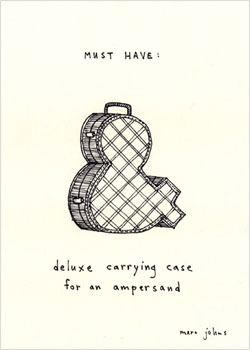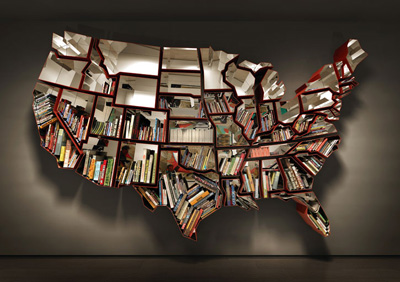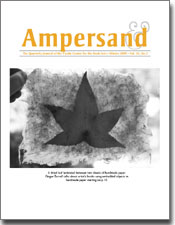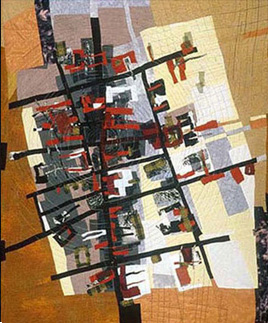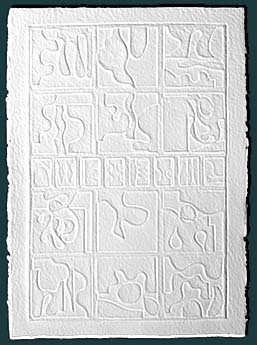 Sometimes a subject keeps coming up over and over and I think maybe I should pay attention — recently it’s papermaking. First were the cast paper things I saw late last year at an exhibit of work by Louise Nevelson at the de Young Museum. (That’s one of her castings to the left — it’s called “Dawn’s Presence” — it’s 31×21 inches to give you an idea of the size. I’m not sure if that’s one I saw at the de Young but it’s got the same feel. Of course the gift shop didn’t have a postcard of the paper pieces so I bought one of something that seemed similar. It’s pinned up to my wall by my work table and every time I look at it I remember how much I liked the paper casting pieces.) Then Ginger Burrell has been writing a 3 article series for Ampersand on using handmade paper in artists’ books (she’s done 2 already, one more in the Spring issue). In her bibliography, Ginger recommends “any book by Helen Hiebert”… and late this summer Helen is giving a class at San Francisco Center for the Book called Paper Lamps, Lanterns & Sculpture (which I first noticed because it isn’t really about books or book art, but do take a look at her lamps — many of them weirdly wonderful.) And then last week I saw an announcement about the non-profit Handmade Papermaking‘s annual fundraising auction of papermaking related stuff, which caused me to spend a pleasant half hour looking at the auction and then for papermaking classes in the Bay Area… although I don’t have any concrete ideas yet on how to use paper I’ve made in a book — seems like that’s always the impetus I need to start learning a new technique. And I also keep looking at the pulp painted paper chapbook I got at Codex for inspiration (it too is prominently displayed on my work table).
Sometimes a subject keeps coming up over and over and I think maybe I should pay attention — recently it’s papermaking. First were the cast paper things I saw late last year at an exhibit of work by Louise Nevelson at the de Young Museum. (That’s one of her castings to the left — it’s called “Dawn’s Presence” — it’s 31×21 inches to give you an idea of the size. I’m not sure if that’s one I saw at the de Young but it’s got the same feel. Of course the gift shop didn’t have a postcard of the paper pieces so I bought one of something that seemed similar. It’s pinned up to my wall by my work table and every time I look at it I remember how much I liked the paper casting pieces.) Then Ginger Burrell has been writing a 3 article series for Ampersand on using handmade paper in artists’ books (she’s done 2 already, one more in the Spring issue). In her bibliography, Ginger recommends “any book by Helen Hiebert”… and late this summer Helen is giving a class at San Francisco Center for the Book called Paper Lamps, Lanterns & Sculpture (which I first noticed because it isn’t really about books or book art, but do take a look at her lamps — many of them weirdly wonderful.) And then last week I saw an announcement about the non-profit Handmade Papermaking‘s annual fundraising auction of papermaking related stuff, which caused me to spend a pleasant half hour looking at the auction and then for papermaking classes in the Bay Area… although I don’t have any concrete ideas yet on how to use paper I’ve made in a book — seems like that’s always the impetus I need to start learning a new technique. And I also keep looking at the pulp painted paper chapbook I got at Codex for inspiration (it too is prominently displayed on my work table).
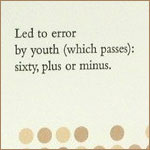 Thanks to everyone who entered this month’s giveaway! And the poems are great — some I didn’t know, some are old favorites. The winner of my artist’s book A Word on Statistics, picked at random, is Nancy, who submitted the Emily Dickinson poem “The Soul Selects Her Own Society.”
Thanks to everyone who entered this month’s giveaway! And the poems are great — some I didn’t know, some are old favorites. The winner of my artist’s book A Word on Statistics, picked at random, is Nancy, who submitted the Emily Dickinson poem “The Soul Selects Her Own Society.”
 Sometimes a subject keeps coming up over and over and I think maybe I should pay attention — recently it’s papermaking. First were the cast paper things I saw late last year at an exhibit of work by
Sometimes a subject keeps coming up over and over and I think maybe I should pay attention — recently it’s papermaking. First were the cast paper things I saw late last year at an exhibit of work by 